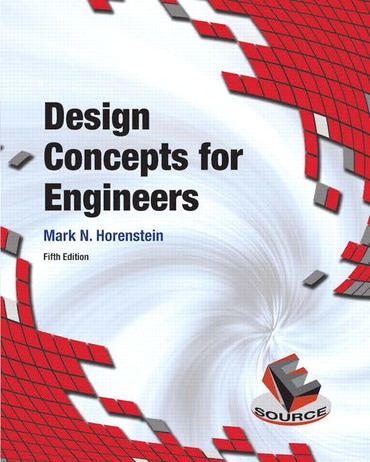Switch content of the page by the Role togglethe content would be changed according to the role

Design Concepts for Engineers, 5th edition
Published by Pearson (July 23, 2021) © 2016
- Mark N. Horenstein Boston University
12-month access eTextbook
C$74.99
ISBN-13: 9780137562800
Design Concepts for Engineers
Published 2021
Paperback
C$217.99
ISBN-13: 9780134001876
Design Concepts for Engineers
Published 2015
Need help? Get in touch